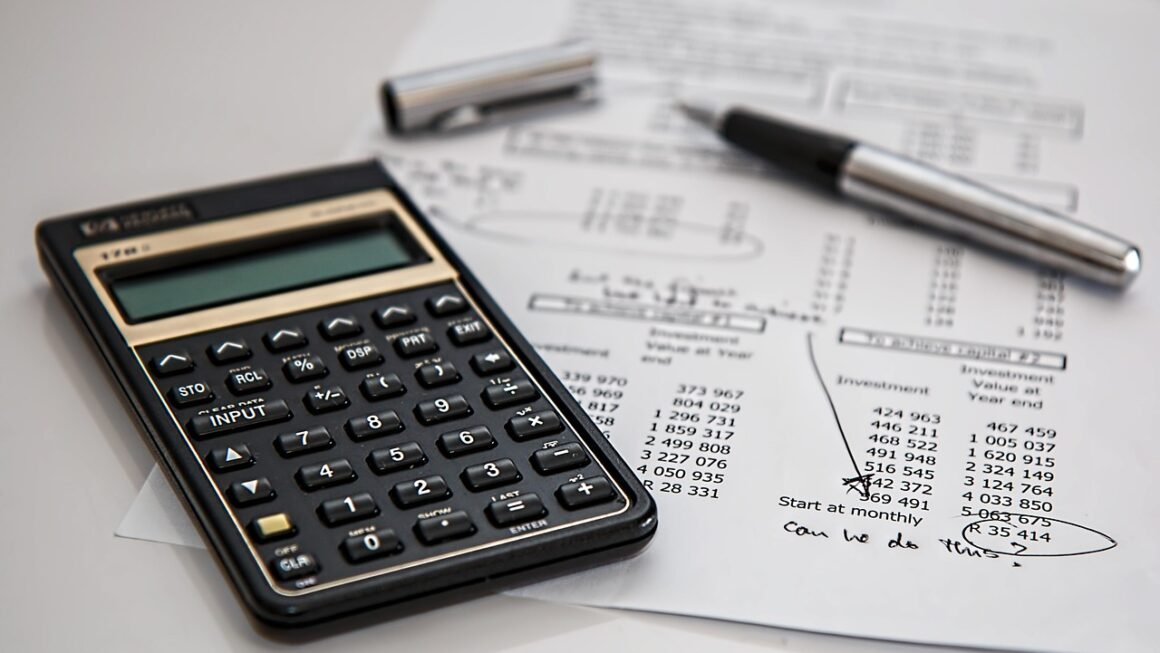An unexpected job loss, a sudden medical bill, or a car repair – life is full of surprises, and not all of them are pleasant. These unforeseen events can throw your finances into disarray, causing stress and potentially leading to debt. That’s where an emergency fund comes in. It’s your financial safety net, ready to catch you when life throws you a curveball, providing peace of mind and preventing you from derailing your long-term financial goals.
What is an Emergency Fund?
An emergency fund is a dedicated savings account specifically set aside to cover unexpected expenses and financial emergencies. It’s separate from your regular savings or investment accounts and should be easily accessible when needed. Think of it as your financial first aid kit, ready to patch up any unexpected money emergencies.
Why You Need an Emergency Fund
- Provides Financial Security: An emergency fund acts as a buffer, preventing you from going into debt or liquidating investments during unexpected financial hardship.
- Reduces Stress and Anxiety: Knowing you have a financial cushion provides peace of mind and reduces stress associated with unexpected expenses.
- Avoids High-Interest Debt: Instead of relying on credit cards or payday loans with exorbitant interest rates, you can tap into your emergency fund.
- Protects Your Investments: Prevents you from having to sell investments at a loss during market downturns to cover unexpected costs.
- Offers Flexibility: Enables you to handle unexpected opportunities, like a time-sensitive investment or a career change requiring upfront expenses.
How Much Should You Save?
The general recommendation is to save 3-6 months’ worth of living expenses in your emergency fund. However, the ideal amount depends on your individual circumstances.
- Factors to Consider:
Job Security: If you work in a stable industry with high demand, you might need less. Freelancers or those in volatile industries should aim for the higher end.
Health Insurance: Comprehensive health insurance can reduce the potential impact of medical emergencies.
Dependents: If you have dependents, you’ll likely need a larger emergency fund.
Debt Level: High debt levels can make it more challenging to cover unexpected expenses, warranting a larger fund.
- Example: Let’s say your monthly expenses (rent/mortgage, utilities, food, transportation, etc.) are $3,000. Your emergency fund goal should be between $9,000 (3 months) and $18,000 (6 months).
Building Your Emergency Fund
Building an emergency fund takes time and discipline. Don’t get discouraged if it seems daunting. Start small and be consistent.
Creating a Budget
- Track Your Spending: Use budgeting apps, spreadsheets, or a notebook to track where your money goes.
- Identify Areas to Cut Back: Look for unnecessary expenses you can eliminate or reduce. Even small savings can add up over time.
- Set a Savings Goal: Determine how much you can realistically save each month and automate the transfer from your checking to your emergency fund.
Automating Your Savings
- Set Up Automatic Transfers: Schedule regular transfers from your checking account to your emergency fund. This ensures consistent saving without requiring manual effort.
- Direct Deposit: If possible, arrange for a portion of your paycheck to be directly deposited into your emergency fund.
- Round-Up Programs: Many banks and apps offer round-up programs that automatically round up your purchases to the nearest dollar and transfer the difference to your savings.
Finding Extra Income
- Side Hustles: Explore side hustles like freelancing, tutoring, or driving for a ride-sharing service to boost your income.
- Selling Unwanted Items: Declutter your home and sell unwanted items online or at consignment shops.
- Negotiate a Raise: Research industry standards and confidently ask for a raise at your current job.
Where to Keep Your Emergency Fund
Your emergency fund should be easily accessible but not so easily accessible that you’re tempted to spend it on non-emergencies.
High-Yield Savings Accounts (HYSAs)
- Pros: Offer higher interest rates than traditional savings accounts, helping your money grow faster. Typically FDIC insured. Easily accessible.
- Cons: Interest rates may fluctuate.
Money Market Accounts
- Pros: Similar to HYSAs, offering competitive interest rates and FDIC insurance. May offer check-writing privileges.
- Cons: May have minimum balance requirements.
Certificates of Deposit (CDs)
- Pros: Higher interest rates than savings accounts. FDIC insured.
- Cons: Money is locked up for a specific period, making it less accessible in an emergency. Early withdrawal penalties may apply. Only suitable for a portion of your emergency fund if you need to access most of the money quickly.
- Important: Avoid investing your emergency fund in the stock market or other volatile investments. The goal is to preserve your capital, not to grow it aggressively.
Replenishing Your Emergency Fund
Using your emergency fund is sometimes necessary, but it’s crucial to replenish it as quickly as possible.
Prioritize Replenishment
- Make it a Top Priority: Treat replenishing your emergency fund as a top financial priority, just like paying your bills.
- Adjust Your Budget: Temporarily cut back on non-essential expenses to free up more cash for saving.
- Refocus on Savings Goals: Return to your original savings plan and continue contributing regularly until your emergency fund is fully replenished.
Evaluate the Expense
- Was it a True Emergency? Consider whether the expense truly qualified as an emergency. This can help you identify potential gaps in your insurance coverage or financial planning.
- Learn from the Experience:* Analyze the situation and identify any steps you can take to prevent similar emergencies in the future. For example, increasing your car insurance coverage or investing in preventative maintenance for your home.
Conclusion
Building an emergency fund is one of the most important steps you can take towards financial security and peace of mind. It’s not about getting rich quick, but about protecting yourself from the unexpected and empowering you to navigate life’s financial challenges with confidence. Start small, be consistent, and watch your financial safety net grow stronger over time. The peace of mind it provides is well worth the effort.



